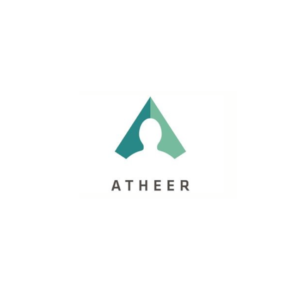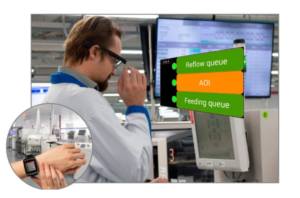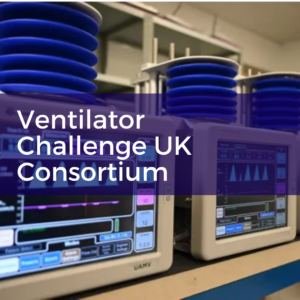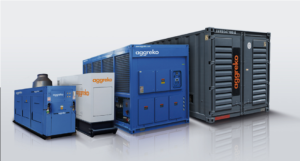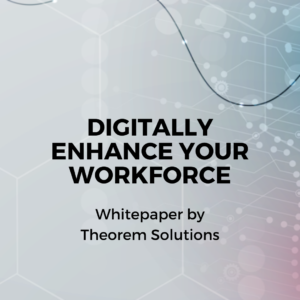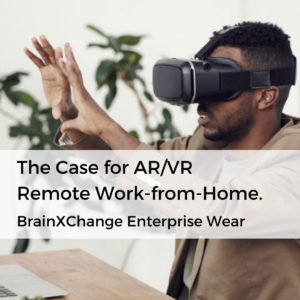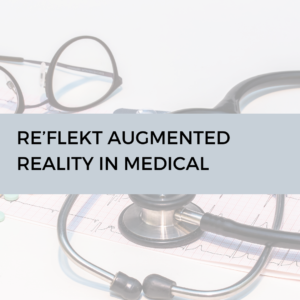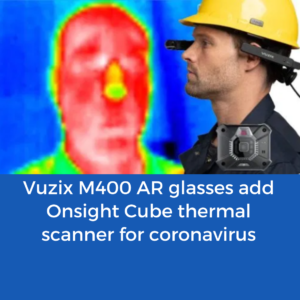Remote work has been positioned as an answer to several global issues, including economic inequality and even climate change (a climate-friendly alternative to daily commuting).
Author Emily Friedman shares her thoughts, statistics, use cases and more that she found whilst researching the topic pre-COVID19.
In the article she talks through the specific types of remote work – particularly the future of AR/VR-enabled remote work, which was perhaps one of the earliest recognized use cases for enterprise AR
There are many terms for this – remote assistance, remote guidance, remote collaboration – but it’s essentially telepresence, using the front-facing camera and microphone in a pair of smart (AR) glasses to share one’s view of a situation with a remotely-located expert, colleague or customer via live audio and point-of-view video.
Many of those early remote support cases revolved around enhancing service efficiency in the field, where technicians spend their days responding to issues as they arise. With a global shortage of skilled technicians, AR-enhanced remote support or see-what-I-see has allowed less experienced employees to show issues to remotely located veteran techs in real time. This allows remote over-the-shoulder coaching, and has helped increase first-time fix rates, reduce travel costs, decrease downtime, and train new technicians on the job without jeopardizing customer satisfaction.
The ability to share your view and collaborate in a virtual space with people in different locations will transform how many of us work. It’s not just about saving time and money, cutting down on travel, providing better customer service, or remaining productive when practicing social distancing.
Remote working via AR/VR, from collaborating on a design in mixed reality to business meetings in virtual reality, might be the answer to a number of employment issues, including stagnating wages, the rising cost of living, and the child-care crisis.
The ability to be ‘present’ anywhere will also help us address some of the biggest social issues of our day—like ballooning housing costs and inequality of opportunity by geography.
Today, many people feel like they have to move to cities because that’s where the jobs are. But there isn’t enough housing in many cities, so housing costs are skyrocketing while quality of living is decreasing. Imagine if you could live anywhere you choose and access any job anywhere else.
Women, especially working moms, would greatly benefit from the kind of XR-enabled remote working that Zuckerberg predicts. Friedman explains various issues such as gender pay gap around this, care giving responsibilities, unemployment and other social issues.
In an economy (and society) that devalues care-giving, women do paid labor and a disproportionate amount of unpaid labor within the home. Though not viewed as economic output, this unpaid labor is essential to the overall functioning of the economy.
New realities, however, could break down traditional work requirements and help create a more equal reality by allowing women to work flexibly and hold down good jobs from home. In an ideal world, remote work technologies would allow women to work for any company in the world from any city in the world.
Employers would benefit, too: Not only are women incredibly valuable to the economy (if every woman in America stopped working for a day, it would cost the GDP over $20 billion) but flexible work arrangements make a company more competitive at a time when skilled labor is in high demand.
Bill Gates predicted that “companies that give extra flexibility to their employees will have the edge.”
Now, a global pandemic is showing that the technology isn’t really there for office workers and that AR and VR for more everyday work tasks has been largely overlooked.
Read the article in full.
Read BrainXChange’s AREA member profile
